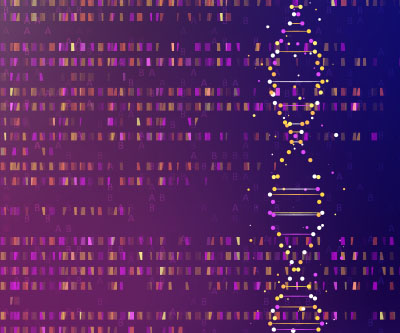
Blood vessels are responsible for transporting oxygen throughout the body. Malformations in blood vessels are rare diseases that can lead to a variety of health problems, including growth differences, pain, numbness, and birthmarks on the skin. People with these vascular conditions tend to have hard-to-detect genetic causes because the pathogenic variant (previously known as a mutation) only occurs in some tissues and not in the whole body. This occurrence is also called somatic mosaicism.
A case study from the Sheppard Lab describes the diagnosis of an adolescent patient who exhibited symptoms of a vascular condition. By using a type of advanced DNA sequencing called next-generation sequencing, the study team identified a mosaic pathogenic variant in the gene encoding guanine nucleotide-binding protein subunit alpha-11 (GNA11). These molecular findings, along with the clinical symptoms, enabled the study team to diagnose the patient with a condition called nevus 
Overall, the findings underscore the value of using advanced genetic sequencing to diagnose patients. Future research can also focus on GNA11’s role in vascular development and potential treatments.
Learn more about the Developmental Endocrinology, Metabolism, Genetics & Endocrine Oncology Affinity Group: https://www.nichd.nih.gov/about/org/dir/affinity-groups/DEMG-EO
 BACK TO TOP
BACK TO TOP